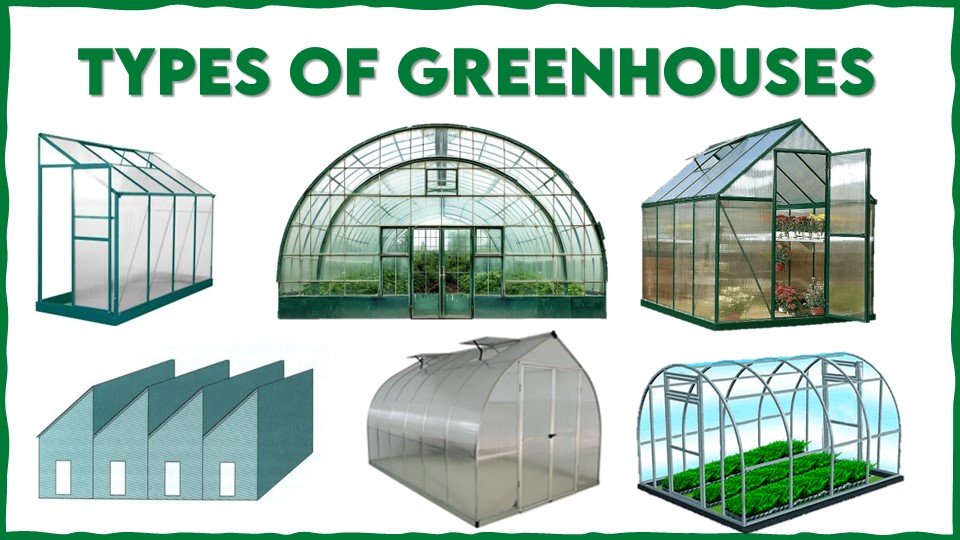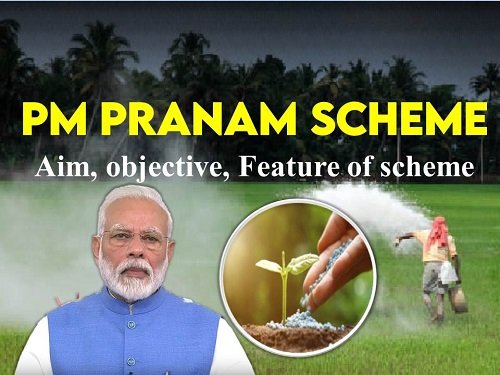In order to reduce the use of chemical fertilizers by incentivizing states, the Union government plans to introduce PM PRANAM Scheme. It is an initiative that encourages a balanced use of fertilizers with bio-fertilizers and organic fertilizers as alternative forms of nutrients. The idea of the PM-PRANAM Scheme was proposed during the National Conference on Agriculture for Rabi Campaign that took place on September 7.
What is PM PRANAM Scheme?
- PM PRANAM scheme full form: PM Programme for Restoration, Awareness, Nourishment and Amelioration of Mother Earth
- PRANAM full form – Promotion of Alternate Nutrients for Agriculture Management Yojana
- Implementation Agency– The idea of the scheme has been initiated by the Union Ministry of Chemicals and Fertilizers.
Objectives of PM PRANAM Scheme
- To encourage the balanced use of fertilizers in conjunction with biofertilizers and organic fertilizers.
Aim of PM PRANAM Scheme
- To reduce the subsidy burden on chemical fertilizers which are expected to increase to Rs.2.25 lakh crore in 2022-23 while, the previous year figure of Rs. 1.62 lakh crore which are about 39% to jump more fertilizer subsidy
- Reduce the use of chemical fertilizer for which government’s focus on the promoting the balance use of fertilizers or alternative fertilizers.
Features of PM PRANAM Scheme
- The scheme will have no separate budget and will be financed through the “savings of existing fertilizer subsidy” under schemes run by the Department of Fertilizers.
- 50% of subsidy savings will be passed on as a grant to the state that saves the money.
- 70% of the grant provided under the PM PRANAM UPSC can be used for asset creation related to the technological adoption of alternate fertilizers and alternate fertilizer production units at the village, block and district levels.
- The remaining 30% grant money can be used for rewarding and encouraging farmers, panchayats, farmer producer organizations and self-help groups that are involved in the reduction of fertilizer use and awareness generation.
- The calculation of reducing chemical fertilizer use of urea in a year will be compared to the average consumption of urea during the last three years.
- For this purpose, data available on a Fertilizer Ministry dashboard, IFMS (Integrated Fertilizers Management System) will be used.
How will it work?
Average consumption:
The government aims to determine the state’s use of chemical fertilizers by calculating and comparing the usage in a given year to its average usage in the last three years.
Data:
For this, the data available on the Fertilizer Ministry dashboard, Integrated Fertilizers Management System (IFMS), will be taken.
Finance mechanism:
The scheme will not have a separate budget and will be financed by the “savings of existing fertilizer subsidy” under schemes run by the Department of fertilizers.
Need for PM PRANAM Scheme ?
Subsidy Burden on Government: Farmers buy fertilizers at Maximum Retail Prices (MRP) below their normal supply-and-demand-based market rates or what it costs to produce/import them.
- For example, the MRP of neem-coated urea is fixed by the government at Rs. 5,922.22 per tonne, whereas its average cost-plus price payable to domestic manufacturers and importers comes to around Rs. 17,000 and Rs. 23,000 per tonne, respectively.
Fertilizer subsidy in India
Expenditure: India’s expenditure on fertilizer subsidy was Rs. 1.27 lakh crore in 2020-21. In the Union Budget 2021-22, the estimated amount was Rs. 79,530 crore, which increased to Rs. 1.40 lakh crore in the revised estimates (RE). The final fertilizer subsidy reached Rs 1.62 lakh crore in 2021-22.
The government has allocated Rs. 1.05 lakh crore for subsidies in 2022-23. There are chances that figures could cross Rs. 2.25 lakh crore during this year. It is the total PRANAM images.
Fertilizer Sector Reforms
Plugging leaks: Subsidy on various fertilizer grades will be released to the fertilizer companies on the basis of actual sales made by the retailers to the beneficiaries under direct benefit transfer system.
Balanced use of fertilizers: The scheme is in line with the government’s focus on promoting a balanced use of fertilizers or alternative fertilizers in the last few years.
New nutrients: New nutrients such as Nano urea and “bio-stimulants” have been added in the Fertilizer Control Order-1985 (FCO).
Reduce excessive use: Initiatives like Soil Health Card and neem-coated urea have also been taken to ensure controlled use of fertilizers.
Read More:
Status of Fertilizer Usage in India
The total requirement of four fertilizers — Urea, DAP (Di-ammonium Phosphate), MOP (Muriate of potash), NPK (Nitrogen, Phosphorus and Potassium) — in the country increased by 21% to 640.27 lakh metric tonnes (LMT) in 2021-22 from 528.86 lakh metric tonnes in 2017-18.
- The maximum increase — 25.44% has been recorded in the requirement of DAP. It went up from 98.77 LMT in 2017-18 to 123.9 LMT in 2021-22.
- Urea, the most used chemical fertilizer in the country, recorded an increase of 19.64 per cent — from 298 LMT in 2017-18 to 356.53 in 2021-22 — in the last five years.
Latest Post
- How to Grow Cinnamon Plant

- Bamboo Drip Irrigation System in India : a unique Setup
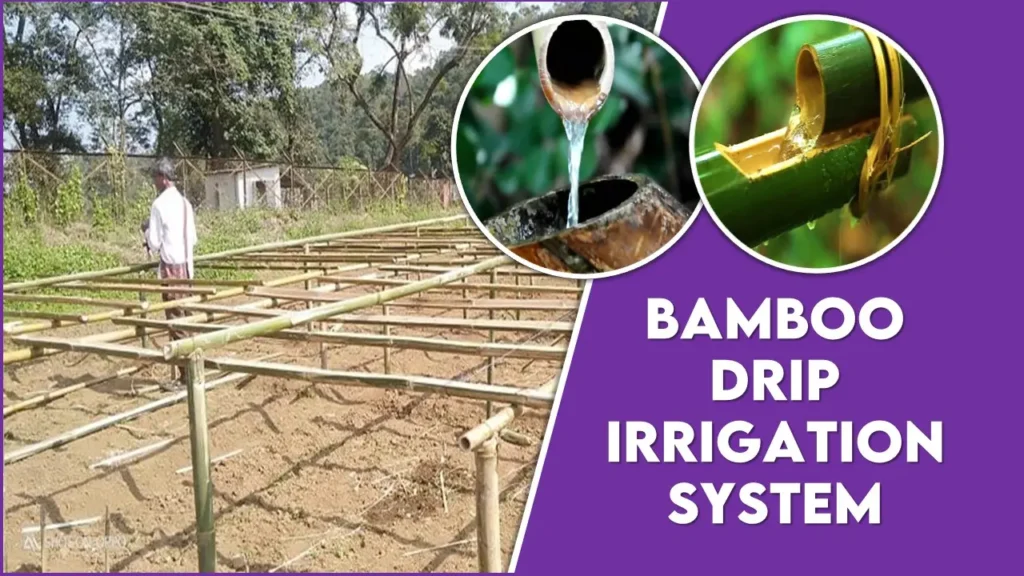
- Polyhouse Farming: Advantages, Cost, Subsidy and Suitable Crops
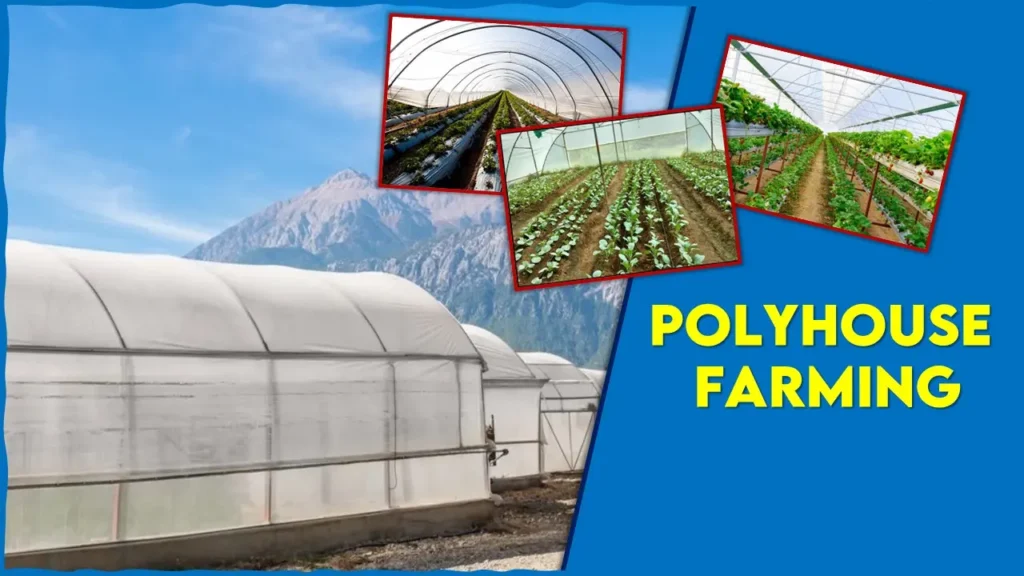
- Drip Irrigation Cost per Acre: Best Guide of Cost, Subsidy and Installation
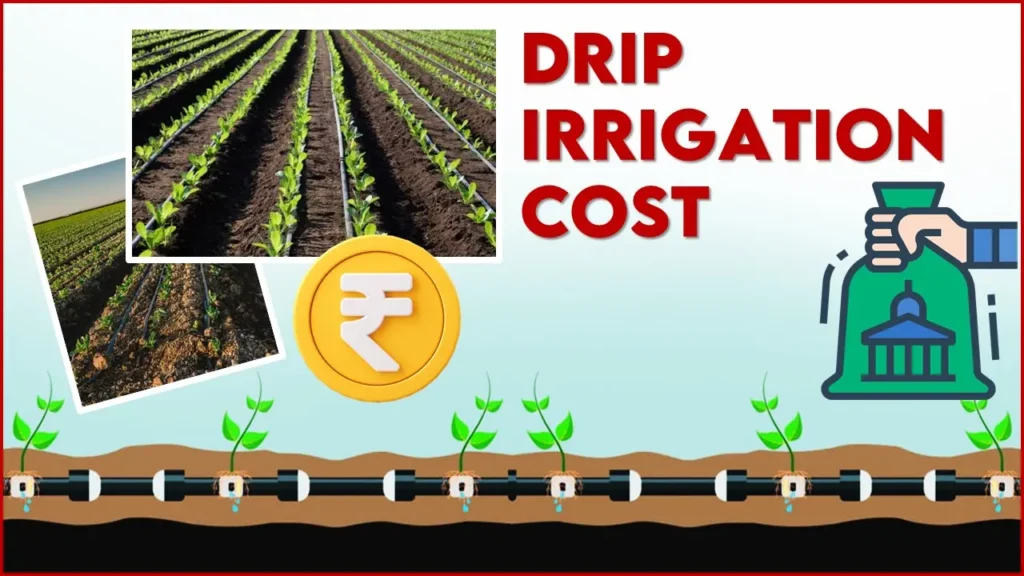
- Mushroom Farming in India : Best A-Z Guide
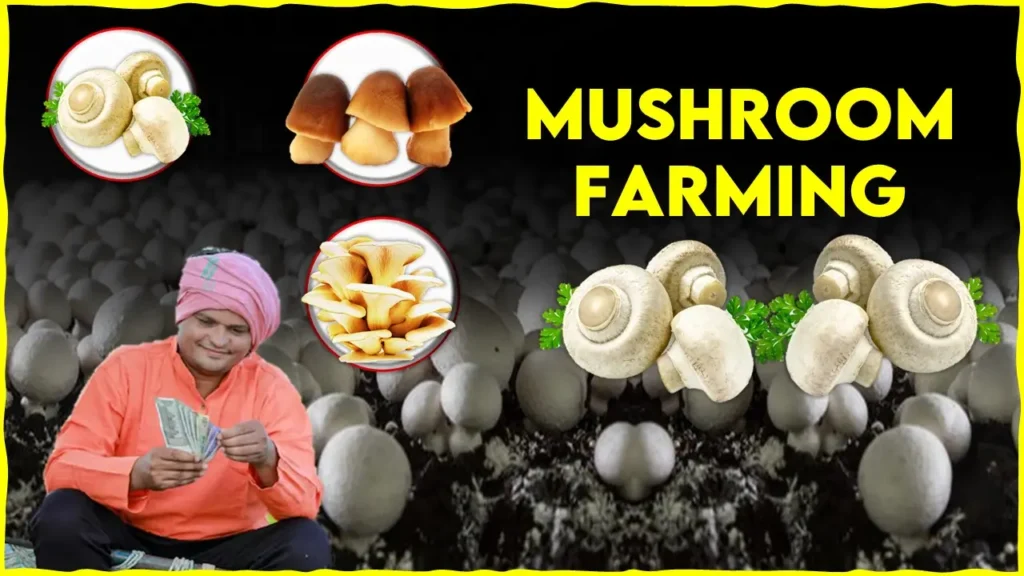
- How to Grow Pink Oyster Mushroom: A Comprehensive Guide
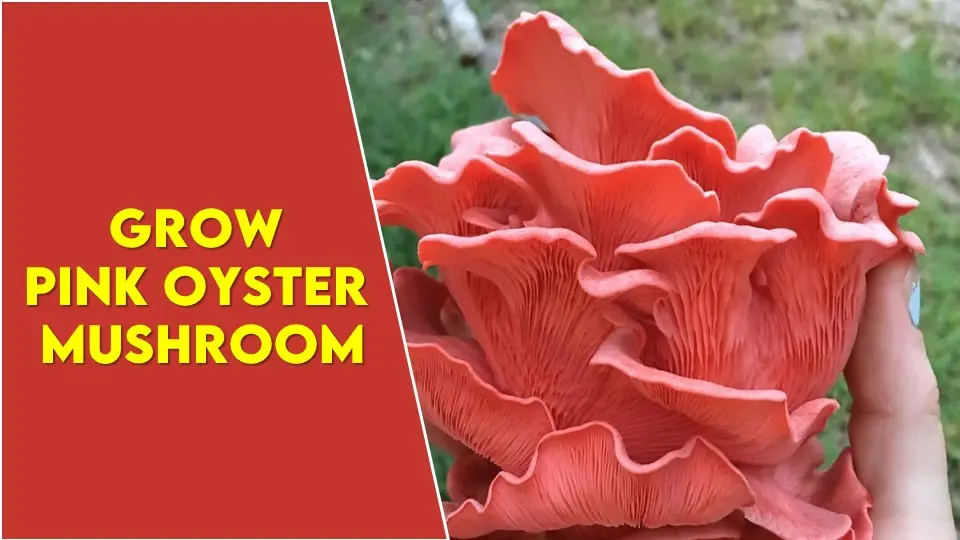
- 4 Amazing Types of Tulsi Plant : Care for Tulsi Plant
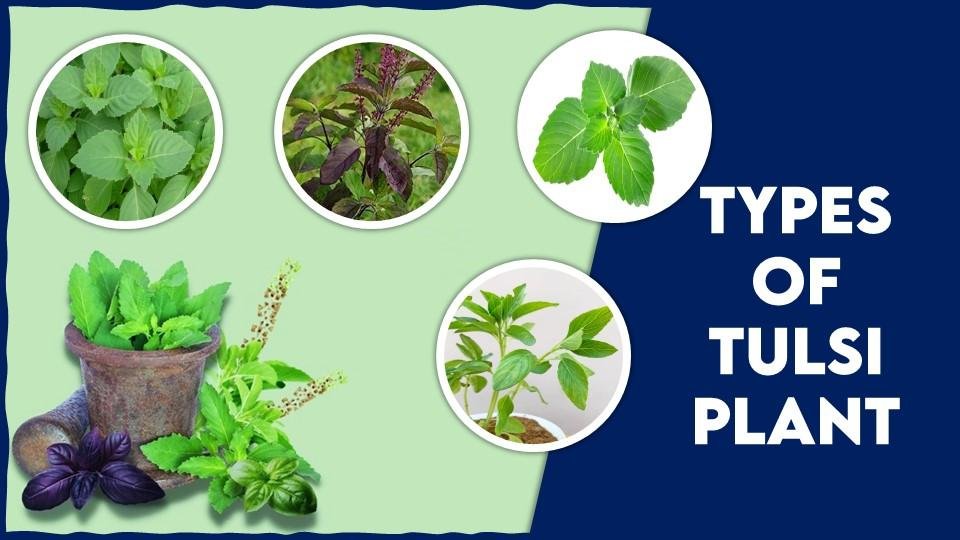
- How to Grow Shimeji Mushrooms: 2 Way to grow

- 12 Amazing Gucchi Mushroom Benefits That You Didn’t Know

- Is Farming Profitable In India? A Comprehensive Guide
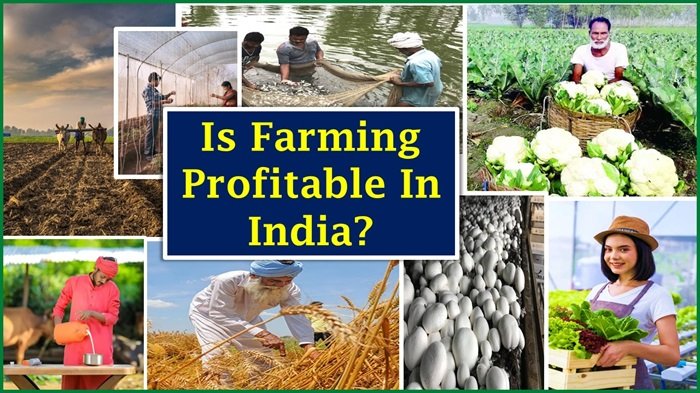
- Top Tea Producing States in India [2024]

- Different Types of Greenhouse for Your Crop
